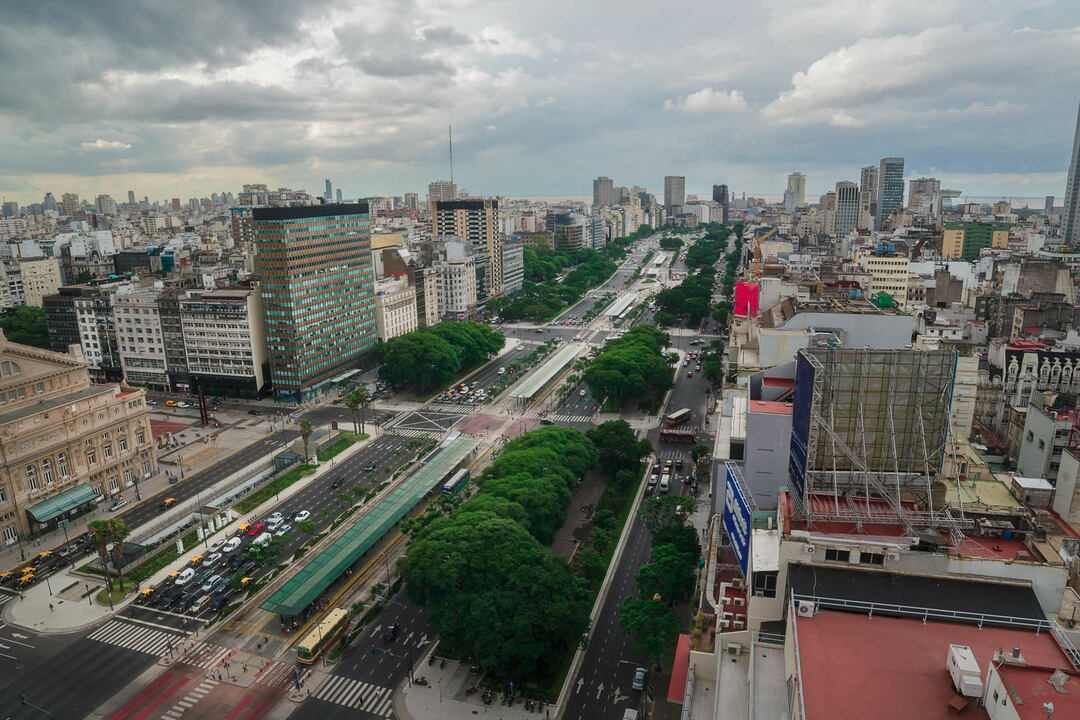Significance of the Park Revolution (1890)
Miscellanea / / August 08, 2023
 Armed rebellion promoted and led by civilians, soldiers, and political leaders of the recently formed Unión Cívica group, against the critical economic and political situation that the government by Miguel Juárez Celman.
Armed rebellion promoted and led by civilians, soldiers, and political leaders of the recently formed Unión Cívica group, against the critical economic and political situation that the government by Miguel Juárez Celman.
Germ of the UCR
The main novelty that this insurrection brought about was that for the first time the people of the city stood up to the government and demanded changes that would bring them greater well-being.
On the other hand, he conceived the birth of a new political party: Radical Civic Union (UCR), which to date and together with the Justicialista Party (PJ), are the ones that have dominated life policy Argentina in the last 100 years.
The political dispute ceased to be a question of caudillos and became a social issue in which all the social actors of the time intervened: workers gathered in unions, the middle class and the opposition.
Juárez Celman, a president in trouble
The deep financial crisis caused by the speculative bubble promoted by Celman's administration generated the Argentine default, the bankruptcy of the National Bank and a series of complications in the labor reality with the drop in wages, strikes, and unemployment in growth.
And to complete the chaotic scenario was added the rejection of the marked authoritarianism exercised by Juárez Celman, and the systematic and uncontrollable electoral fraud perpetrated by the conservative National Autonomist Party (PAN), which had governed almost without opposition since the middle of the century XIX.
Although the promoter of a liberal ideology, the PAN, in practice, was a conservative party that carried out policies very questionable to stay in power: manipulation of elections, clientelism, restriction of liberties.
The excessive authoritarianism in which Celman incurred implied not only the rejection of his political opponents but also that of his own party in the figure of his predecessor and brother-in-law, General Roca, and of the Catholic Church itself, whom he dealt with punishing with his decisions.
Civic Union: new names and political initiatives
To deal with this state of things several young leaders joined: Aristóbulo del Valle, Bartolomé Mitre, Juan B. Justo, Bernardo de Irigoyen, among others, and led by Leando N. Alem, who agreed on the need for an absolute change in the institutional, political and economic conditions of the country.
From there arose an ephemeral and crucial political party called Unión Cívica, which promoted the rebellion of the Park and which was the seed of the legendary Unión Cívica Radical.
The riot lasted three days, from July 26 to 29, and the Plazas Lavalle and Freedom They were the centers of confrontations, to which the uprising of the military school, several regiments, and the naval fleet, among others, were added.
A defeat that became triumph and the conservative decline
 Although the PAN government was unscathed because it continued to lead the executive, and the revolt was put down, the context forced the abrupt change with the resignation of Juárez Celman and the assumption of his vice president Carlos Pellegrini, who managed to tame the political and economic storm with a series of measures effective.
Although the PAN government was unscathed because it continued to lead the executive, and the revolt was put down, the context forced the abrupt change with the resignation of Juárez Celman and the assumption of his vice president Carlos Pellegrini, who managed to tame the political and economic storm with a series of measures effective.
However, the "victory" of the PAN against the revolutionaries meant the beginning of its end and the slow decline of the conservatives in power.
Among the agitators in the park there was also a crisis because a crack opened up that split the party in two: the Civic Union Nacional that agreed with the PAN, on the one hand, and the Unión Cívica Radical, led by Alem, which absolutely opposed said agreement.
In any case, nothing attempted against the progress and improvement in the political system that materialized in the following century and from the radical hand.
Fotolia Arts: adonis_abril, johan10
write a comment
Contribute with your comment to add value, correct or debate the topic.Privacy: a) your data will not be shared with anyone; b) your email will not be published; c) to avoid misuse, all messages are moderated.
